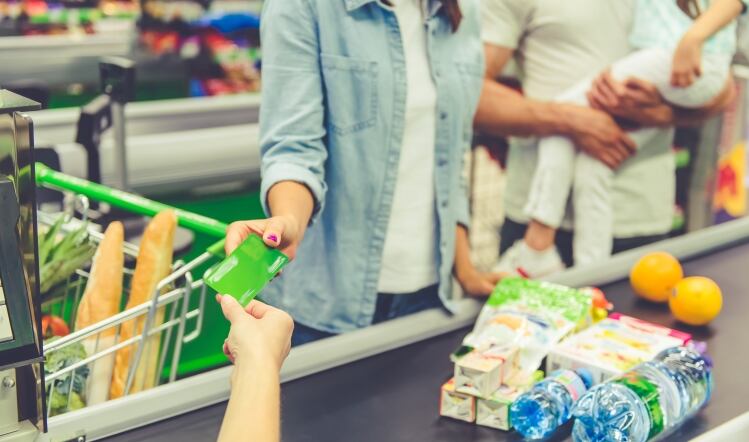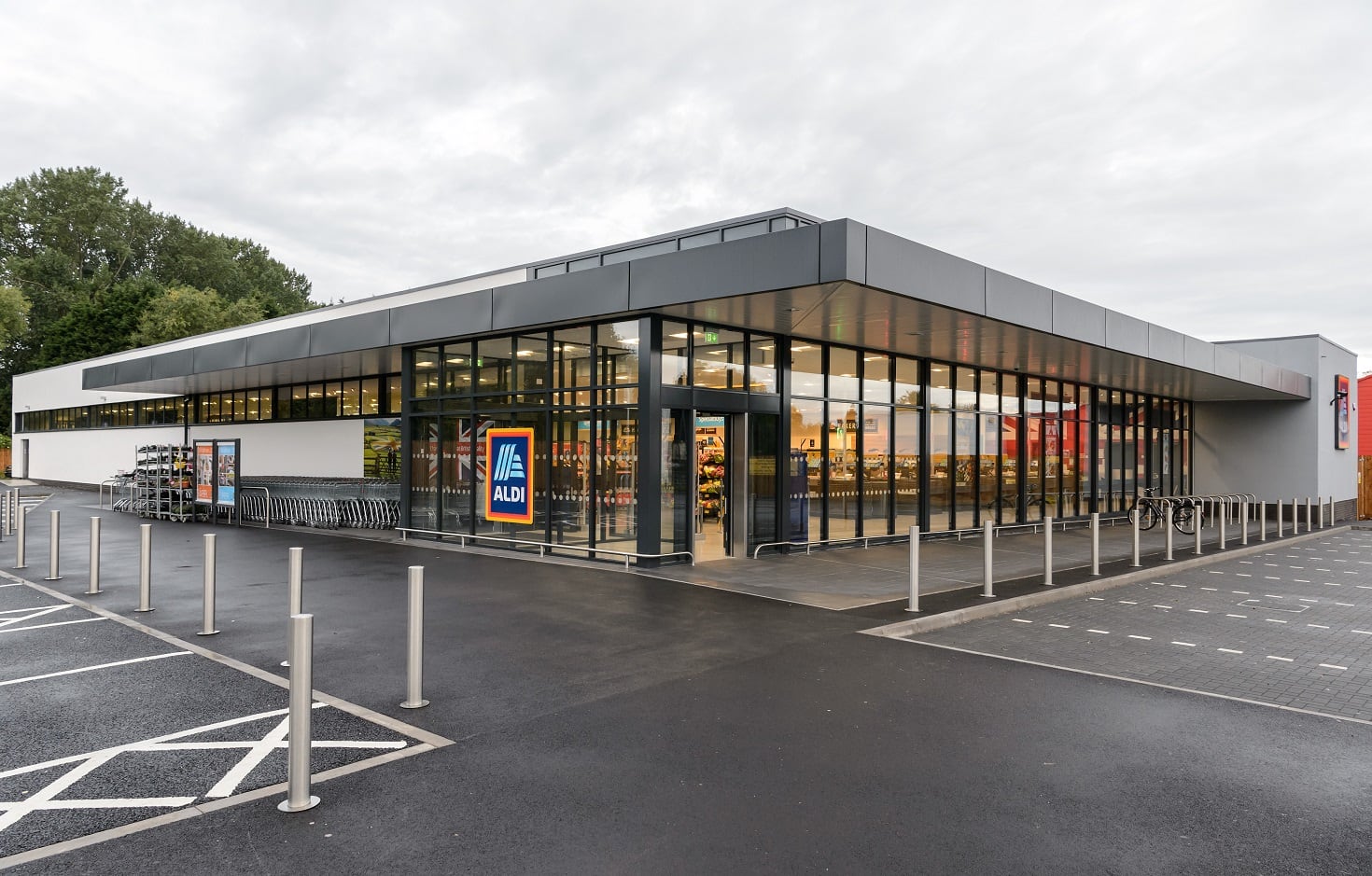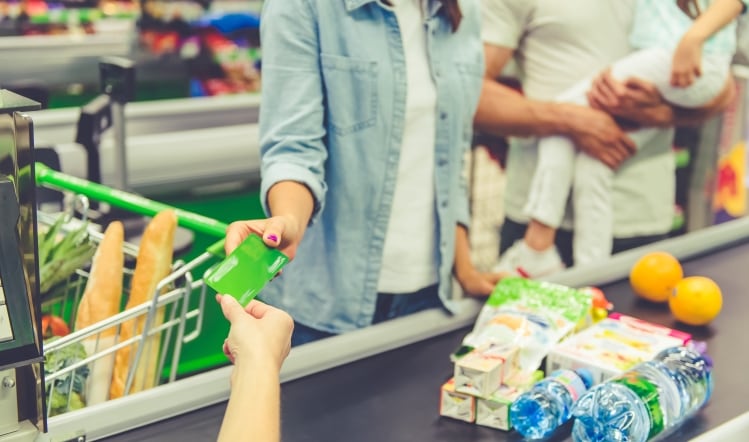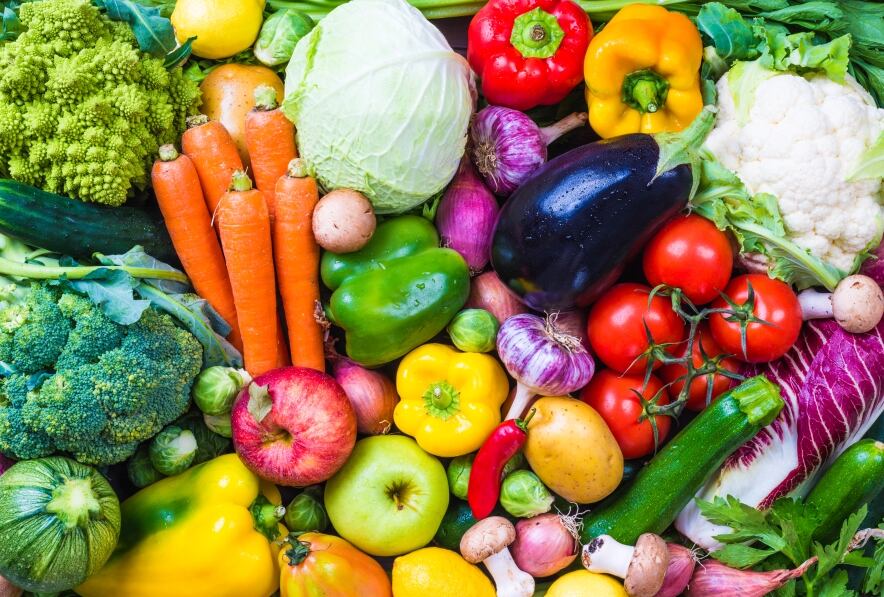Shoppers splashed out £335m on Easter eggs and seasonal chocolate during the 12 weeks to 21 April, the Kantar figures revealed. Total year-on-year sales jumped by 2% to £27.4bn over the same period.
The average household took home 10 treats during the longer build-up from February to the holiday weekend, said Fraser McKevitt, head of retail and consumer insight at Kantar.
“The warm weather over the Easter break helped boost sales of ice cream by 8% and hay fever remedies by 27% during the past four weeks as families made the most of the sunshine,” he added.
Overall, Easter sales were up 5% on 2018, McKevitt told Food Manufacture. He said it wasn’t fair to directly compare the performance, as this year’s Easter Sunday fell much earlier, but added the sunshine had helped swell sales.
Separate research released by Nielsen also revealed that consumer spending in the grocery sector increased in April by 5.9% for the four weeks to 20 April. That was the highest level since the late Easter in 2014 and the summer heatwave of 2013.
'Affordable treats'
“While shoppers are still looking to get the best value for money for their weekly groceries, they are also prepared to indulge in affordable treats in order to make the most of long weekends, and enjoy the warm weather with friends and family,” said Mike Watkins, Nielsen’s UK head of retailer and business insight.
“There was stronger performance in the last four weeks, which included both Easter and Mothering Sunday, where British shoppers spent £213m on Easter eggs, £49m on fresh lamb, £136m on cut flowers and £41m on prosecco.”
Ambient food was also cited by McKevitt as a standout growth area. The category was up 3.4% year-on-year for the quarter and was responsible for 42% of all sales growth, he said.
Despite seeing a sales decline of 1.2%, Sainsbury’s reclaimed second place from former merger partner Asda.
Asda
Asda increased sales by 0.3% to take market share of 15.2% and remained strong in its northern heartland, with the north of England and Scotland accounting for more than 40% of purchases.
“Despite movement at the top of the table, the phrase ‘big four’ continues to hold meaning and Morrisons’ 10.3% market share means it sits comfortably ahead of the fifth largest retailer, Aldi,” said McKevitt. “Alcohol sales were the biggest contributor to Morrisons’ 0.6% growth this period.”
Growth of 8.6% to £1.6bn pushed Lidl’s market share to a new high of 5.7%, up 0.3 percentage points compared with last year – half of Lidl’s sales come from the fresh and chilled aisles and its performance was fuelled by customers spending an extra £14 million on dairy items and £13 million on fruit, vegetables and salads.
Aldi
Discounter Aldi was the fastest-growing supermarket, a position it has held since July 2018.
Co-op and Ocado were the only other retailers to gain market share on last year moving to 6.1% and 1.3% respectively.
Sales at Iceland and Waitrose rose by 1.4% and 0.7% respectively, with Iceland holding market share of 2.1% and Waitrose falling back by 0.1 percentage points to 5.0%.




